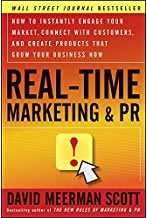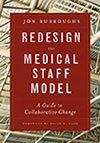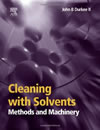All Articles
Addiction Issues & Substance Abuse
Insurance
Alternative Dispute Resolution (ADR)
International Trade
Anger Management & Related Issues
Investigation & Surveillance
Appraisal & Valuation
Jails - Prisons - Correctional Facilities
Archaeology - Archeology
Land Mapping - Surveying - Zoning
Architecture
Law Enforcement
Attorney Fees
Laws & Procedures
Audio Forensics
Legal Issues
Biokinetics
Logistics - Reverse Logistics
Boating
Mediation
Business Consulting
Medical - Medicine
Computers
Medical Records Review
Construction
Nursing
Cosmetology: Hair / Makeup
Patents
Damages
Plants & Trees
Design
Pools and Spas (Recreational)
Discovery & Electronic Discovery
Psychology
Elder Abuse
Public Speaking
Employment
Risk Management
Failure Analysis
Security
Family Issues
Spirituality
Finance
Taxation
Foreign Affairs - Geopolitics
Terrorism - Homeland Security
Forensic Analysis
Warnings & Labels
Industrial Hygiene and Safety
Yoga
More...

DOMESTIC-VIOLENCE-PAGE ARTICLES MAIN PAGE
. Contact Us if you are interested in having your work published on our website and linked to your Profile(s).
All Articles
Accident Investigation & Reconstruction
Land Use
Accounting
Law Enforcement
Addiction Issues & Substance Abuse
Laws & Procedures
Aquatics Safety
Marketing
Artificial Intelligence (AI) / Machine Learning (ML)
Mediation
Automotive - Vehicular
Medical Records Review
Bacteria - Fungus - Mold Investigation
Meditation
Banking
Metallurgy
Boating
Nursing
Child Welfare
Obstetrics - Gynecology (OBGYN)
Computers
Oil & Gas
Counseling
Pharmacy & Pharmacology
Crisis Management
Plastic / Reconstructive / Cosmetic Surgery
Digital / Crypto Currency
Premises Liability
Digital Forensics
Product Liability
Dram Shop Liability
Psychology
Electrical - Electrocution
Recreation & Sports
Elevators - Escalator - Automatic Doors
Security
Engines (Combustion - Diesel)
Slip, Trip & Fall
Feng Shui
Speech-Language Pathology
Foot / Ankle Surgery
Spirituality
Foreign Affairs - Geopolitics
Taxation
Healthcare
Telecommunication
HVAC - Heating, Ventilation, Air Conditioning
Underwriting
Insurance Coverage Analysis
Workplace Violence
More...
Featured Articles
There are no active articles here at this time. Please use the search bar, try another category, or contact us if you would like to contribute an article.
This Article is unavailable. Contact Us
Search articles by title, description, author etc.
Sort Featured Articles
Featured resources
Real-Time Marketing and PR: How to...
by David Meerman Scott
Redesign The Medical Staff Model: A...
by Jon Burroughs, MD, FACHE
Cleaning with Solvents: Methods and...
by John B. Durkee, PhD, PE
Follow us










